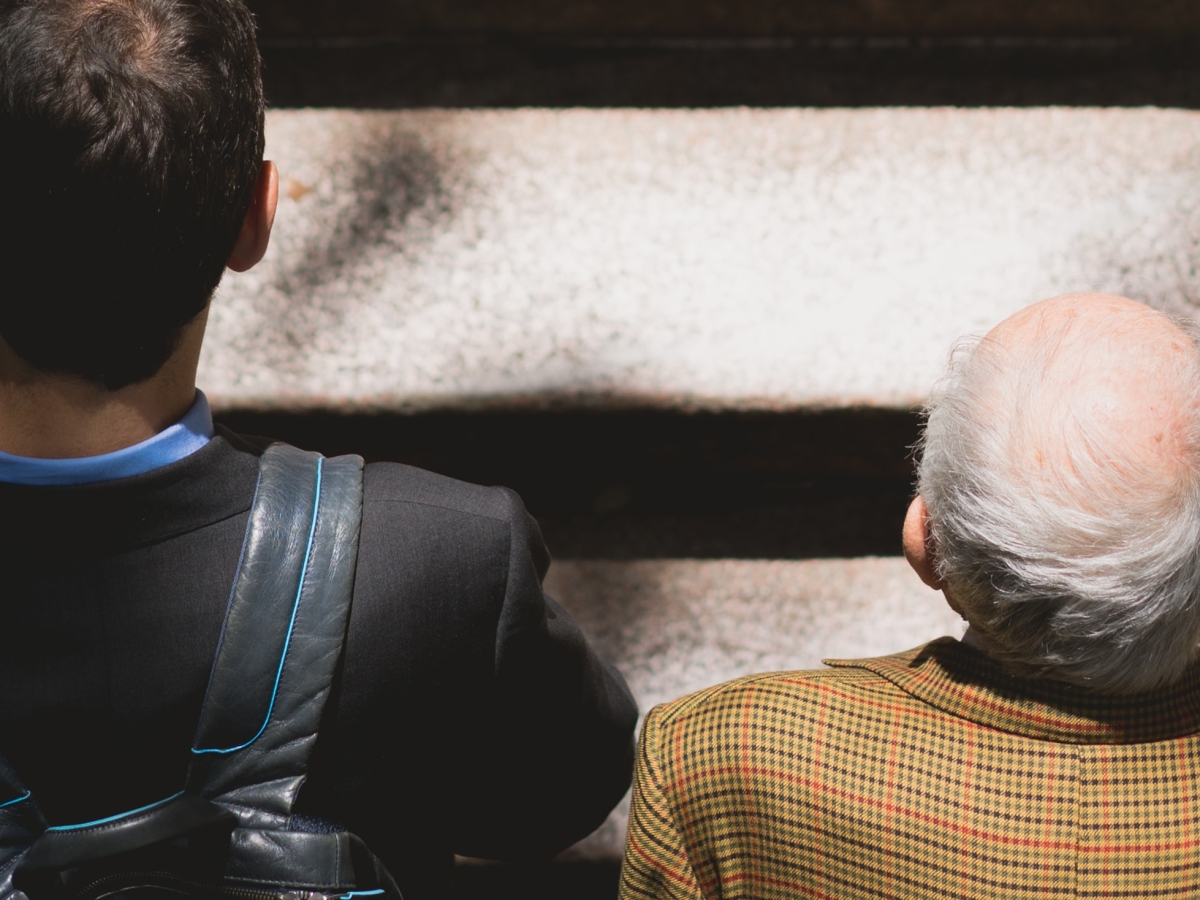
Staying locked up inside our homes during this dreaded pandemic has made us realized that we definitely need to spend more time in our outside world. Not only to socialize but to get in touch with our natural environment. But unfortunately, even when we are deciding to play in the dirt or choosing to have our ears filled with bird songs, we are mostly unaware of what it does to us. Yet, we are just beginning to understand that nature can do way more for us than the other way around. As soon as we allow ourselves the satisfaction to immerse in any natural environment, we can observe physical and psychological benefits. It only begs us to wonder why outdoor activities are not persistently on our minds. And although we have been aware of our profound relationship with nature for a while now, there were still no words to describe it. More specifically, the term biophilia was, until recently, to some degree foreign to us. Just in case you still don’t know what biophilia might mean, it is a word used to describe our innate instinct to connect with nature.
Nobody ignores the positive effects present in our bodies when we spend time in nature. That’s why many people opt for outdoor destinations for their planned vacations. And one might believe that the relief we feel after those vacays can be the result of the time taken off work and it could in part be true. However, we should not underestimate the impact of natural input on the body and mind. Even short exposure to any of these inputs can produce a wide range of positive influences. Actually, a mere 30-min exposure can be sufficient to produce sensations like lowered anxiety, improved focus, increased productivity, heightened creativity, greater happiness, and more. Personally speaking, the addition of biophilic elements in my writing routine has definitely been a tremendous help. Especially the addition of nature soundtracks for my audio input has proven itself the most significant improvement. It certainly was the best tool to keep my focus on the task at hand, improved my creativity and reduced the anxiety that I was facing.

Most people believe that our personal health is essentially synonymous with physical health. And even if this is not thoroughly wrong, it is a gross overestimation. Health researchers are busting their backs trying to popularize the notion that we need to do drastically more to preserve our health. Gone are the times when exercising and eating well were the fundamental guidelines. We most promptly need to consider our mental health as well. That begins with making sure to take advantage of all the tools at our disposal. Most of you might already be fervent adherents of meditation, and that is absolutely great. Meditation is very challenging, and if you can find success in the practice, I am most definitely impressed. However, caring for our mental well-being doesn’t have to be a demanding activity. The simple act of deciding to add a plant to your desk office can already help. Also, they, fortunately, don’t even need to be alive. The implementation of artificial elements reminding us of nature also produces some significant impact. Albeit, the results are more modest than when genuine natural components are involved.
Interestingly, adding biophilic elements to your meditation might be a great way to enrich your experience. We don’t even need to go overboard with it. Adding a simple nature soundtrack as our background music might be entirely sufficient. The music may allow us to relax and relieve the underlying anxiety that is keeping our minds hostage. To some extent, we may even include more senses into our practice. We could involve our sight by imagining a forest, a beach, a mountain, or any other landscape for that matter. This approach is already so rampant in visualization exercises to promote relaxation and mental stability. Touch might also be a very remarkable way to stimulate our senses. Holding a sea shell or touching grass is a great way to connect with nature. The smell can also be a powerful ally. Adding some nature-inspired essential oil can be a very affordable and easily accessible way to remind ourselves of our natural world. At last, we could also include some tasting elements, such as fruits, veggies, nuts or any raw food.
To this day, nobody has come to any solid conclusion to explain why biophilia has such a critical impact on our lives. Nevertheless, the strongest argument relies on evolutionary pressures. We feel more relaxed just by hearing a waterfall because access to water is essential. Through generations, we have integrated the sound of water as comforting and restoring music. The sight of trees can remind us of the possible access to food sources, either from hunting, fishing or gathering. Touching grass or a plant’s leaf might remind us of our proximity to nature. And I think that smelling and tasting natural elements doesn’t need any comment about their positive impact on our mood. What drove evolution was our need to survive, and being in proximity to nature provided us with the safest way to succeed. And even though, technically, an arid desert is still natural, it doesn’t seem to provide as much relief to us. We have probably learnt through our ancestors that nothing can abundantly grow there. We have learnt through generations and generations not to feel at ease in those environments because staying there could result in death.
Another possible explanation for the reason we seem so particularly drawn towards living elements might reside in how these things are anything but static. We don’t quite like how things change so abruptly; it is anxiogenic. And yet, we still strive for change, a slow sluggish change, to be exact. And that is doubtlessly provided by most living biophilic components. A plant will always look like the same plant, more or less, but its leaves will change. Some will die and fall, and then some new may appear. Some new branches may emerge. The plant might also grow taller if its pot is big enough and has enough water and nutrients. All this to say that living things provide us with a slow but steady change that kindly reminds us of time and guides us into making the best of it.

Domestic animals are also fantastic biophilic elements, which might partly explain why zootherapy is so effective. Having pets does not only engage one sense, our sight, but all of them. We most certainly can see them zooming around, we can smell their breath, we can pat their fur, we may haphazardly taste their saliva, and we most definitely can hear them barking, meowing, chirping and more. And strangely enough, the benefits from being around animals are very similar to the ones observed from us being in nature. Amongst many benefits, we can notice lowered blood pressure, lightened breathing, increased mood and release of oxytocin which can promote calm and encourage attachment. Nevertheless, assuming that all the perceived positive effects relied on their biophilic aspect would be unfair. Being in the company of animals has also shown great help to maintain physical health by promoting physical activities and motivating their owners to get going.

Considering the importance of biophilia, we can now understand the need to incorporate some elements into our daily lives. And some changes don’t need to be extreme. As for me, I have decided to change the background for my desktop for a natural landscape which supplemented the nature soundtracks very nicely. I would like to include more biophilic elements in the future for my home, such as plants and maybe a pet someday, but they can be expensive. Right now, I prefer spending some valuable and wholesome quality time in the great outdoors. I honestly love the occasional hike, or sudden walks, or even spending time on our porch. The more important part is the do it consciously and mindfully. Whenever I’m outdoor, I seek anything that might remind me of nature. I particularly like hearing the birdsongs, seeing the occasional spiders, smell the decaying leaves on the ground or the freshly mowed lawn and holding rocks in my hands.
Whatever you might choose to include, I approve of your change. These changes might not mean much to most people, but they mean a great deal to me, and I hope for you too. So, if you decide to make this move, please let me know about your journey. I would absolutely be delighted to hear about it.
I thank you infinitely for reading this post and if you would like to know more about the mysteries that surround us, please join my subscription list to keep up with my newest content. If you have any questions, please add them to the comment section and I’ll make sure to answer them as soon as humanly possible. ![]()
Get new content delivered directly to your inbox


































































